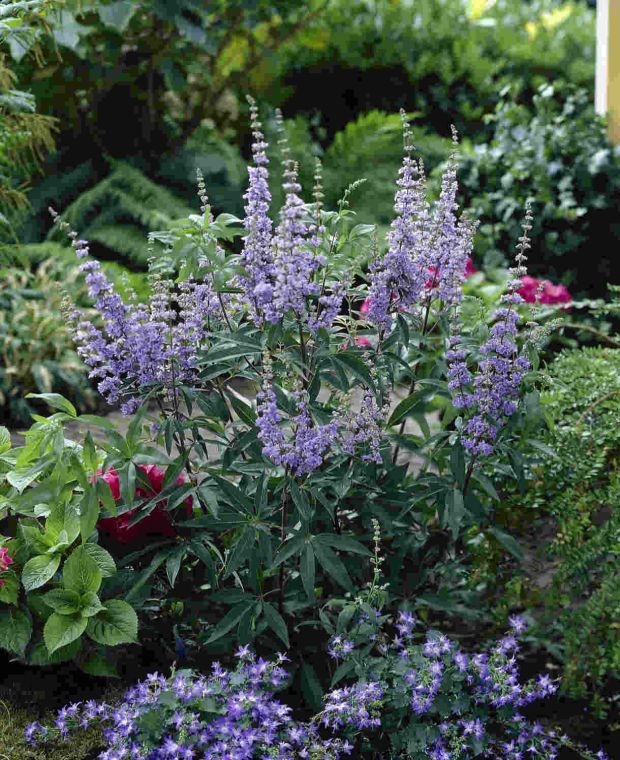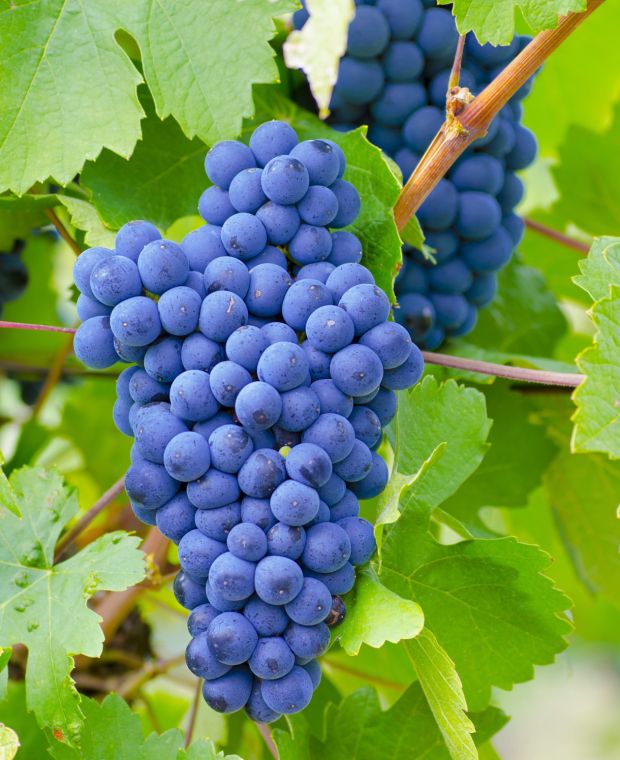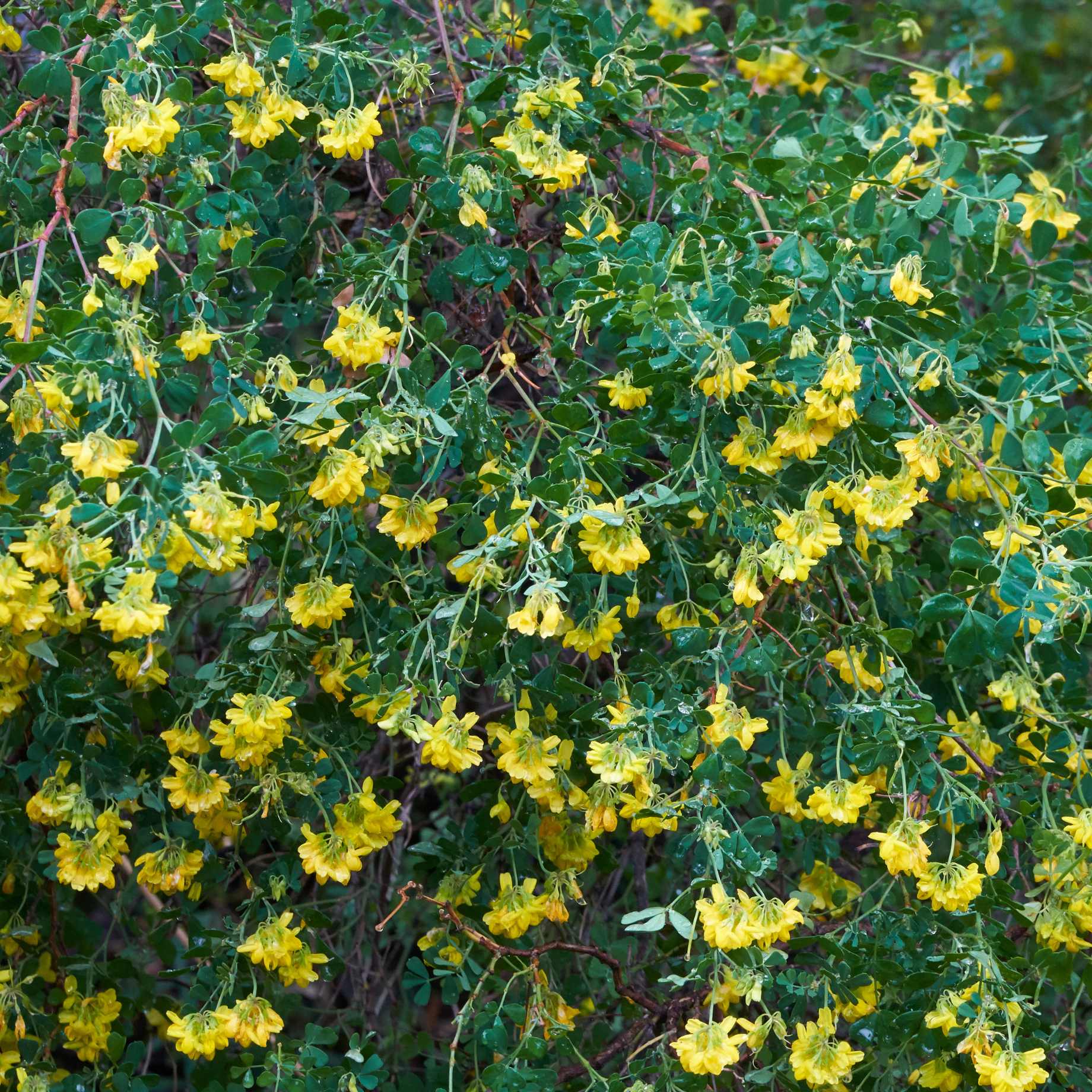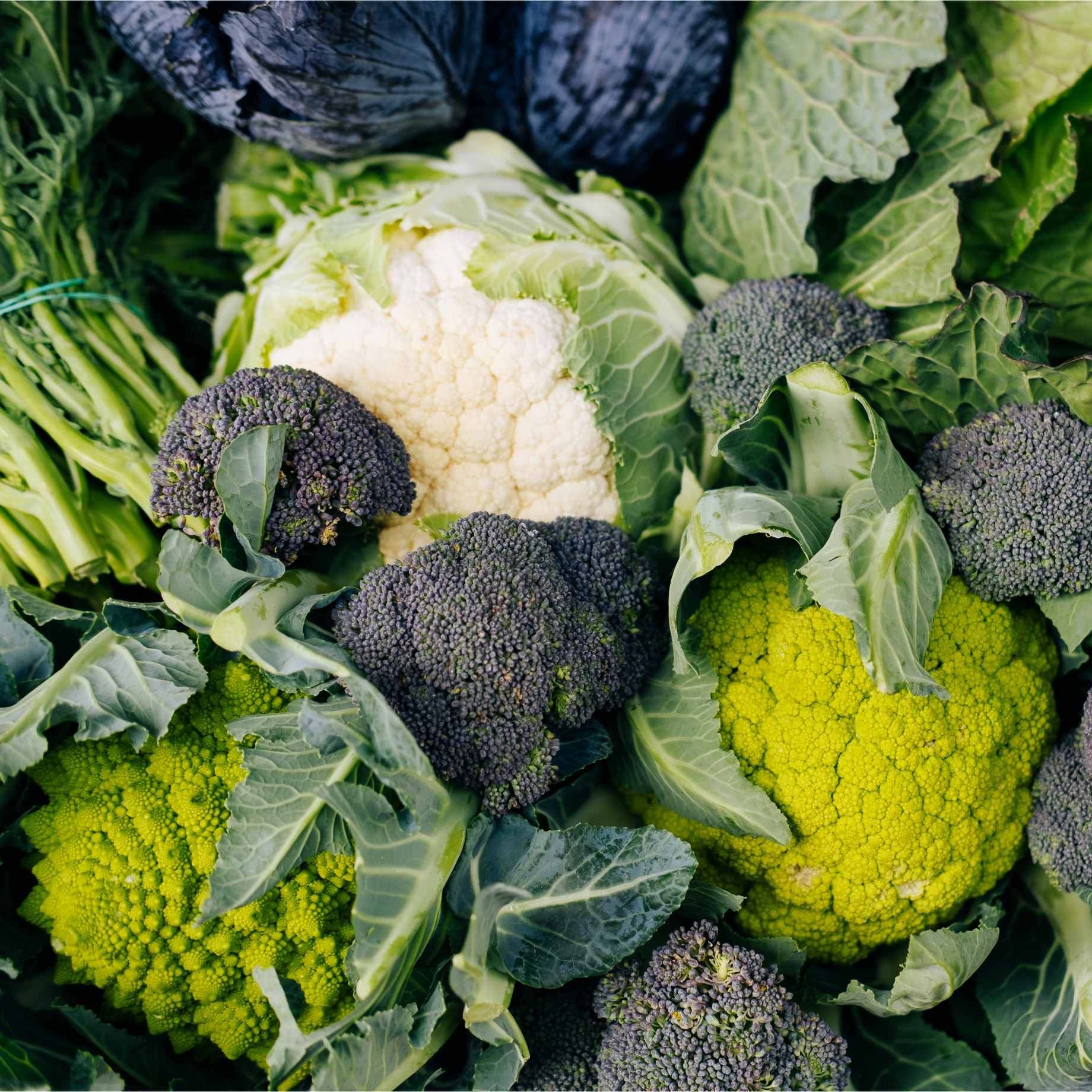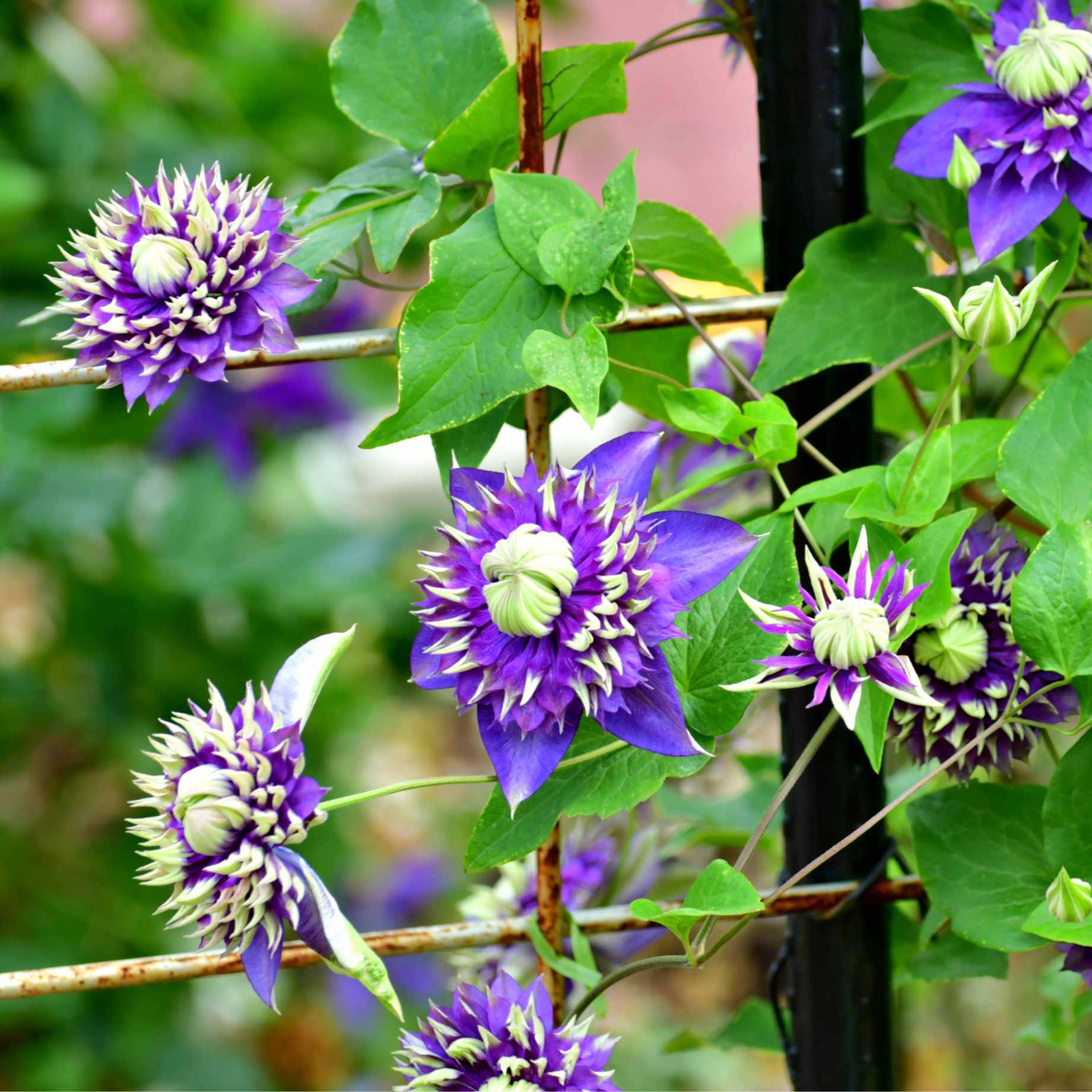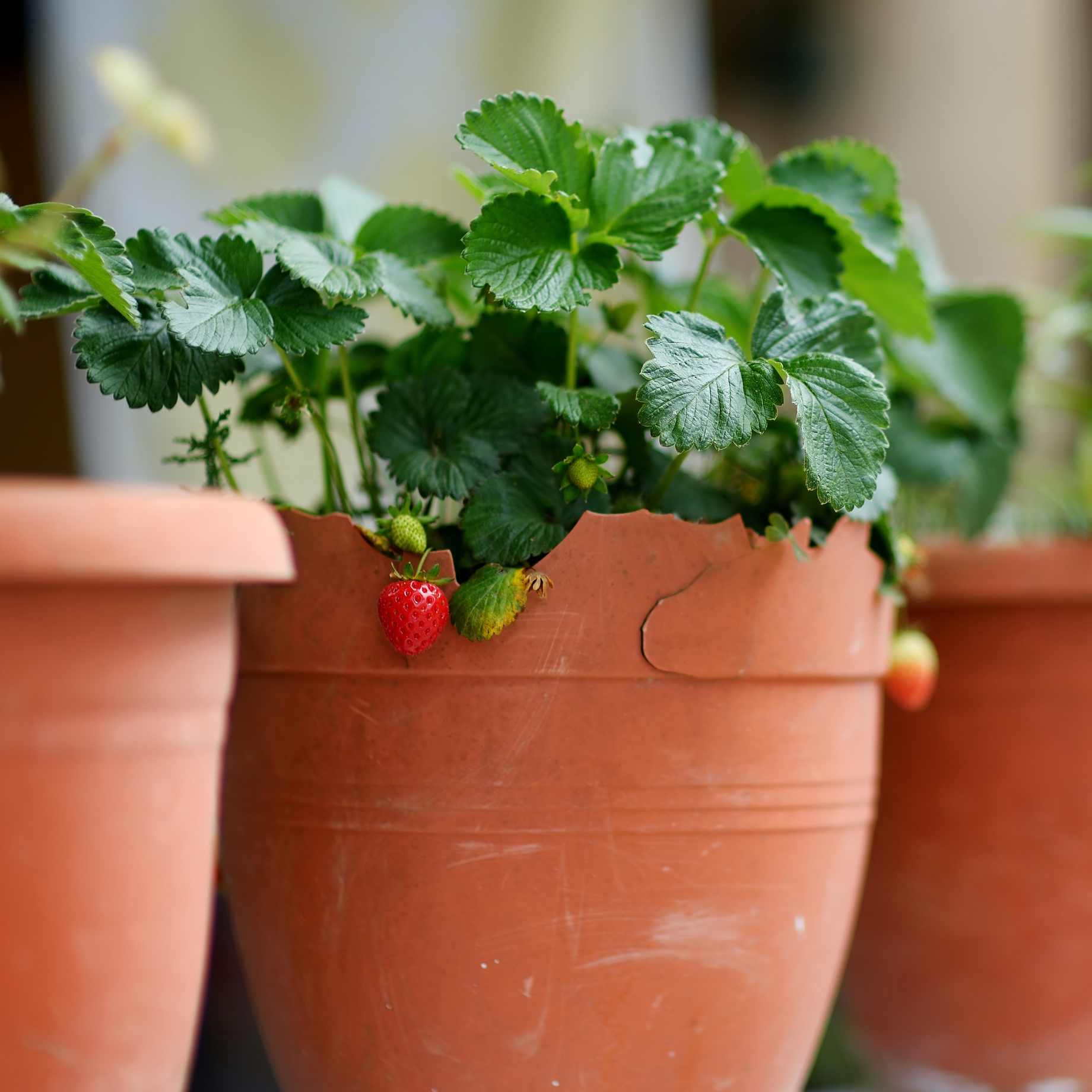Tell Me More…
Commonly known as the chaste tree, Vitex agnus-castus is a striking deciduous shrub or small tree valued for its aromatic foliage and showy, spiky purple or blue flower clusters. Native to the Mediterranean and parts of Asia, this plant thrives in warm, sunny conditions and well-drained soil, making it ideal for gardens with long, hot summers. Reaching heights of around 2.5m, the chaste tree is known for its attractive, silvery-green leaves that provide a pleasant contrast to its vibrant blooms. Flowering from late summer to early autumn, the flowers are a magnet for bees, butterflies, and other pollinators, making Vitex a great choice for wildlife-friendly gardens. In addition to its ornamental beauty, Vitex agnus-castus has a long history of medicinal use, particularly for supporting hormonal balance and easing menstrual discomfort. Low-maintenance and drought-tolerant once established, this hardy deciduous plant adds both visual appeal and ecological value to the landscape, making it a must-have for gardeners seeking a fragrant, pollinator-friendly addition.
Flower and Foliage Months
Jan
Feb
Mar
Apr
May
Jun
Jul
Aug
Sep
Oct
Nov
Dec
Foliage Month
Flowering Month
Key Information
| Latin Name | Vitex agnus-castus |
|---|---|
| Common Name | Chaste Tree |
| Hardiness | H4 (-5 to -10°C) |
| Format | 7cm Pots |
| Position | Full-Sun |
| Foliage | Deciduous |
| Height in Maturity (m) | 2.50 m |
| Spread in Maturity (m) | 2.50 |
| Soil Conditions | Chalk Loam Sand |
| Soil Acidity | Acid Alkaline Neutral |
| Aspect | South-facing, West-facing |
| Scented | Yes |
| Drought Tolerant | Yes |
| Good for pots | Yes |
| Good for wildlife | Yes |
| Good for pollinators | Yes |
| Good for cutting | Yes |

